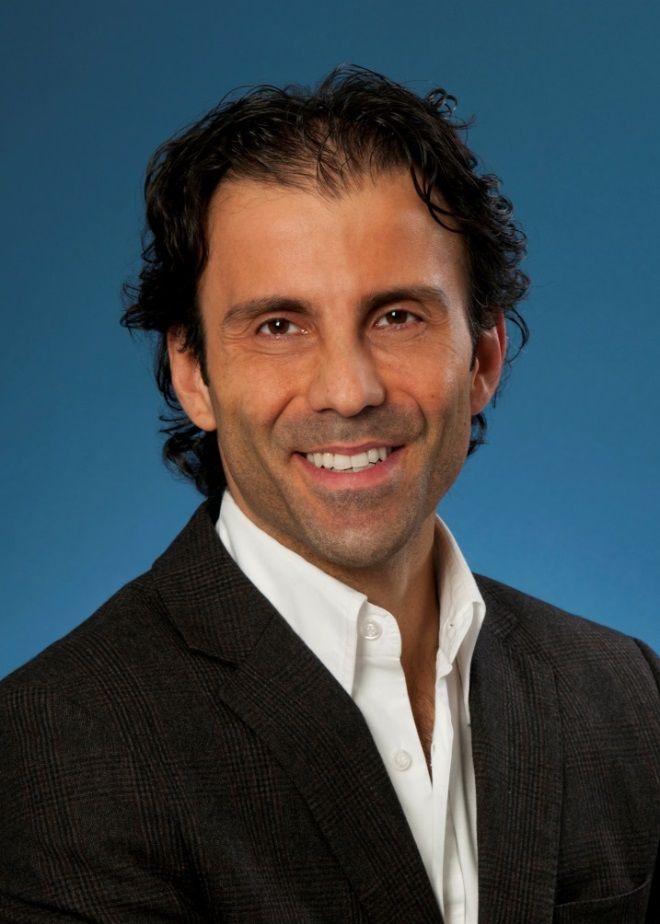Article
Study analyzes the transition from active surveillance to definitive treatment in low-risk prostate cancer
Author(s):
Results from a recent study published in the Journal of Urology indicate that younger age, care provided by higher volume physicians and institutions, higher prostate-specific antigen (PSA), and greater prostate cancer volume at diagnosis are the main factors that prompt the discontinuation of active surveillance (AS) in men with low-risk prostate cancer.¹
Antonio Finelli, MD

“These population-based data show that while the number of patients initiating active surveillance has significantly increased over time, follow-up shows a relatively high rate of transitioning to other forms of treatment within 5 years,” said study author Antonio Finelli, MD, MSc, FRCSC, of the University of Toronto in a news release.²
“Unfortunately, despite the fact that most patients with low-risk prostate cancer are managed in community settings, limited real-world data are available on discontinuation rates of active surveillance for patients outside of academic institution cohorts,” Finelli added. In aiming for new insights, this study evaluated data of the general population.
The investigators assessed data from administrative databases and pathology reports in Ontario, Canada to investigate patterns of AS discontinuation influenced by various provider and patient factors. The patients included in this population-based study must have received a diagnosis of Gleason score of less than or equal to 6 prostate cancer between January 1, 2008, and December 31, 2014.
Fifty-one percent (8541) of cases used AS as their initial management strategy. Over a period of 6 years, use of AS increased significantly from 38% to 69% (P =.001). Using the Cochran-Armitage test, the data showed that 51% (4337) of patients discontinued AS after a median follow-up of 48 months. In addition, the cumulative incidence function estimated that treatment-free survival rates for AS patients at 1, 3, and 5 years were 85%, 58%, and 52%, respectively.
Of the patients who transitioned from AS, the median time to definitive treatment was 16 months (IQR, 11-25 months). The factors associated with this transition, determined Cox proportional hazard models, were younger age at diagnosis, year of diagnosis, higher comorbidities, treatment at academic center, treatment by physician and institution in the highest volume tertile, and adverse cancer-specific characteristics (higher PSA, higher number of positive cores, or higher percentage of core involvement at diagnosis).
This study’s findings reiterate the need for the individualization of patient care and the development of more specific tests and imaging studies to guide low-risk male prostate cancer patients toward the right treatment plan for them specifically, according to the researchers
“These results may help guide policy making, developing quality indicators, and developing targeted continued education for physician and patients embarking on AS to establish realistic expectations,” Finelli concluded.
References:
1. Timilshina N, Komisarenko M, Martin LJ, et al. Factors Associated With Discontinuation of Active Surveillance among Men With Low-Risk prostate Cancer: A Population-Based Study. J Urol. Published online August 20, 2021. doi:10.1097/JU.0000000000001903
2. One-half of patients with low-risk prostate cancer switch from active surveillance to active treatment. News release. Wolters Kluwer Health. August 20, 2021. Accessed August 25, 2021. https://www.newswise.com/articles/one-half-of-patients-with-low-risk-prostate-cancer-switch-from-active-surveillance-to-active-treatment?sc=sphr&xy=10016681

















